#mughal emperor
Photo
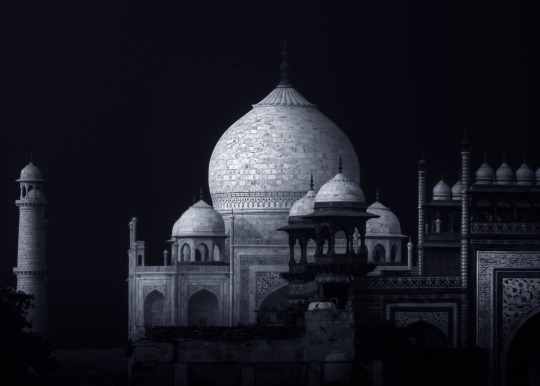
Taj Mahal
The Taj Mahal is an ivory-white marble mausoleum on the south bank of the Yamuna river in the Indian city of Agra. It was commissioned in 1632 by the Mughal emperor, Shah Jahan (reigned from 1628 to 1658), to house the tomb of his favourite wife.
Photographer: Saajan Manuvel
#saajan manuvel#photographer#taj mahal#travel#monochrome#mausoleum#yamuna river#india#agra#mughal emperor#shan jahan#culture
16 notes
·
View notes
Text
❝ ...In the early nineteenth century, the word Hindustan begins to fade from the colonial archive. The major histories of the subcontinent, written in the early parts of the nineteenth century, were now histories of "British India".
With the British East India Company (BEIC) ascendant, the Maratha or the Sikh polities did not invoke Hindustan in their political claims.
There was a brief last resurgence of Hindustan in 1857 CE. The rebels and revolutionaries who opposed the British East India Company (BEIC) rule rallied to the flag of the Mughal Sultan, Bahadur Shah Zafar. He was once again, hailed as the Shahanshah-i Hindustan (Emperor of Hindustan) - clearly there remained an idea of Hindustan.
After violently crushing the revolution, Queen Victoria took British India under her direct rule and assumed the title of Empress of India, sending Bahadur Shah Zafar to die in exile in Burma.
...And so, (as) per (the poet) Mirza Ghalib, Hindustan became the past. ❞
Source: The Loss of Hindustan | The Invention of India by Manan Ahmed Asif, Pages 1 to 2
Pictured is the one of the few photos of the aforementioned Bahadur Shah Zafar or Bahadur Shah II - the last Timurid-Mughal Sultan - after trial in court and prior to his exile to modern-day Burma, following the unsuccessful and brutally crushed Hindustani Revolt of 1857-1858 CE.
Photo Credit: The British Library

#islam#muslim#history#islamic history#history blog#hind#hindustan#indian subcontinent#india#pakistan#bangladesh#sri lanka#nepal#burma#myanmar#the british empire#the british invasion#mughal#mughal emperor#mughal empire#bahadur shah zafar
6 notes
·
View notes
Photo
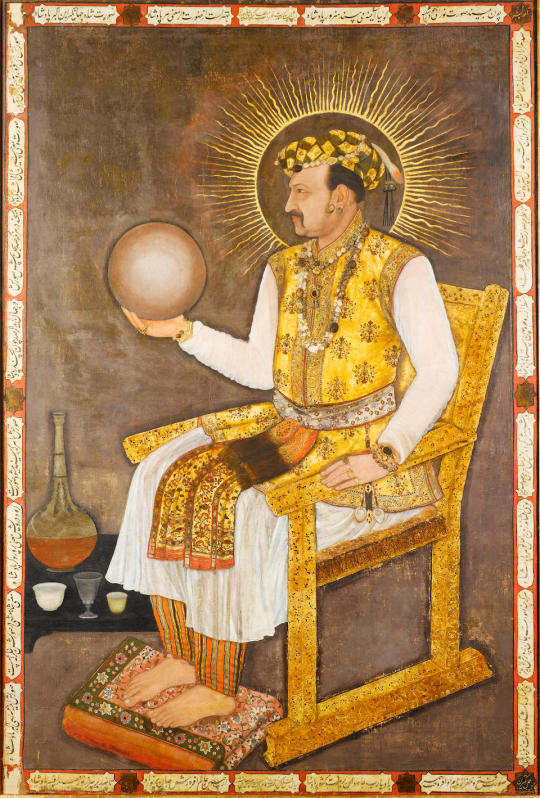

9 notes
·
View notes
Text
#Gyanvapi mosque#Hindu temple#petitioners#Varanasi#archaeological survey#ASI report#Muslim lawyers#Hindu petitioners#Vishnu Shankar Jain#Aurangzeb#Mughal emperor#Supreme Court#Ayodhya mosque#Lord Ram temple#Narendra Modi#sectarian riots#Hindu reawakening#minority group#Hindu majority India#communal violence#religious character#places of worship#Indian law#Ayodhya shrine#Supreme Court hearings.
0 notes
Text
What do we know about the Urdubegis?
What do we know about the Urdubegis? The idea of the stew or zenana( also appertained to as the Mahal or Shabistan- i- Iqbal in the ) within Islamic countries in has come so crooked overtime that utmost people don’t indeed understand what it indeed was,
numerous misconceptions exists about the seraglios. This includes the Mughal stew. This has led to numerous fantastic stories about Islamic sultans having seraglios filled with hundreds or thousands of women to fulfill their sexual appetite. For illustration, the story about how the Mughal Emperor Akbar had five thousand doxies within Read Full Intersting Story
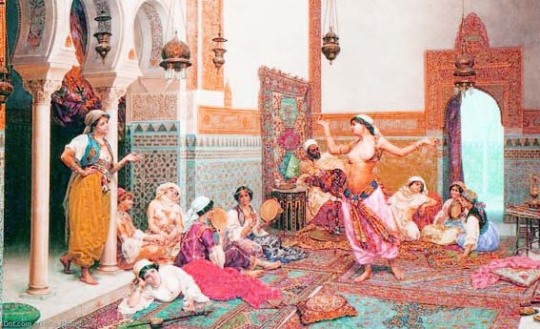
0 notes
Text

17th Century Emerald Cup Created With 252 Carats Of Emerald. Persian Verses Inscription. Belonged To Emperor Jehangir Of Mughal India
Source: Archaeology and Art via Facebook
#mughal india#mughal#emperor jehangir#indian jewellery#emerald#emerald cup#high jewelry#luxury jewelry#fine jewelry#fine jewellery pieces#gemville
490 notes
·
View notes
Text
Babur had professed friendship for the Yusufzai clan but turned against them due to the overtures made by the Dilazak in whose camp Mubarika presently sat. In consort with the Dilazak clansmen, Babur invited Malik Ahmad, the Yusufzai head, to Kabul. Babur’s real object was to kill Ahmad but, impressed with his courtesy and valor, Babur took off his robe and gave it to him, a sign of respect. Ahmad declined a second invitation to Kabul and sent his brother Shah Mansur, Mubarika’s father, in his stead. When Mansur came back, he advised his tribesmen that they must retire to the mountains and strengthen themselves. He feared an invasion. Soon Babur led an expedition to conquer the Yusufzai lands. He invaded the region near Swat and adjoining areas, devastating lands as he moved along. But he could not enter the Yusufzai fort. To get more information on the Yusufzai strongholds, Babur disguised himself as a qalandar, a sufi, and went with some friends one dark night to the Mahura hills.
At the back of the Mahura hills, known then as Shah Mansur’s throne, a feast was being held in honour of ‘Id celebrations. Masked, Babur stood among the crowds in the courtyard. As the servants went about, Babur asked questions about the family. They responded to the seemingly casual inquiries. In the Yusufzai women’s tent that faced the courtyard where Babur and the crowd stood, Bibi Mubarika was sitting with other women. She looked out and her eye fell on the qalandar. She asked a woman servant to take him some cooked meat folded between two loaves, as people did for the holy and ascetics. When the woman brought the food to Babur, he asked who had sent it. Bibi Mubarika, Shah Mansur’s daughter, she said. As Babur looked in her direction, he was entranced by just a glimpse of Mubarika from afar. He asked the servant whether Mubarika was betrothed. She sang praises of her mistress, extolled her beauty, and said that Mubarika was not yet affianced. Babur then went behind the house, hid between two stones the food that Mubarika sent him, and left.
Overcome by longing, Babur returned to his camp, not knowing what to do. He couldn’t take the fort, and he couldn’t return to Kabul with nothing in hand. And so he wrote a letter to the older Yusufzai and asked for the hand of his niece. There was no daughter to give in marriage, he [Malik Ahmad] wrote. Babur replied, telling them about his disguised visit, and as a token of the truth of having seen Mubarika, he asked them to search for the food he had hidden. They found it. Ahmad and Mansur were not in favour of giving Mubarika in marriage to Babur, but the tribesmen reasoned with them, saying that the marital alliance would save the tribe from Babur’s wrath.
The drums were beaten, and Babur’s men began to make preparations to receive Mubarika. A few select men, carrying Babur’s sword, went to receive Mubarika. With her father and uncle, and Runa, the head of the Mansur’s household, two other women assistants, and several male and female servants, Mubarika crossed the river at Chakdara near the Khyber Pass. They took a narrow road between the hills and met Babur’s escort. Mubarika went toward the royal camp, Babur’s men leading the way. At the Mughal camp, the bride was welcomed with all due honour.
After midday prayers on the second day, Babur came to her tent. When her servants announced Babur’s arrival, she got up from her divan and stood in the centre of the carpet with folded hands. Babur entered and she bowed. Her face was fully covered. Babur sat on the divan and said ‘Come, Afghaniya, be seated.’ She bowed again and kept standing. A second time he asked her to be seated next to him. Again she bowed, came nearer, but still stood. Then Babur removed her veil. Looking at her, he was struck again by her gorgeousness. She bowed once more and said that she had a petition to make. Babur asked her to speak. With both her hands, she took up her dress and said: ‘Think that the whole Yusufzai tribe is enfolded in my skirt and pardon their offences for my sake.’ Babur assured her he would: ‘I forgive the Yusufzai all their offences in thy presence and cast them all into thy skirt. Hereafter I shall have no ill-feeling to the Yusufzai.’ Babur then took her hand and led her to the divan.
~ The meeting of Babur, the first Mughal Emperor, and his youngest, beloved wife Bibi Mubarika Yusufzai (known as 'Afghani Aghacha/'The Afghan Lady') in c. 1519. Related in the Baburnama, and quoted in 'Vagabond Princess: The Great Adventures of Gulbadan' by Ruby Lal
10 notes
·
View notes
Text
On this day in history...
#on this day in history#on this day#on this date#history#valentines day#world history#black history month#american revolution#european history#henry iv#black death#emperor akbar#mughals#brown history#desi tag#desi academia#astronomy#benjamin lincoln#18th century history#18th century#oscar wilde#the importance of being earnest#queer history#queer#lgbtq+#dracula 1931#bela lugosi#queue are made by history#antisemitism tw
3 notes
·
View notes
Text
𝑭𝒂𝒗𝒐𝒓𝒊𝒕𝒆 𝑰𝒏𝒕𝒆𝒓𝒏𝒂𝒕𝒊𝒐𝒏𝒂𝒍 𝑯𝒊𝒔𝒕𝒐𝒓𝒊𝒄𝒂𝒍 𝑫𝒓𝒂𝒎𝒂 𝑪𝒐𝒖𝒑𝒍𝒆𝒔 (5/?)
𝑱𝒂𝒍𝒂𝒍𝒖𝒅𝒅𝒊𝒏 𝑴𝒐𝒉𝒂𝒎𝒎𝒂𝒅 𝑨𝒌𝒃𝒂𝒓, 𝑴𝒖𝒈𝒉𝒂𝒍 𝑬𝒎𝒑𝒆𝒓𝒐𝒓 𝒐𝒇 𝑯𝒊𝒏𝒅𝒖𝒔𝒕𝒂𝒏 𝒂𝒏𝒅 𝑱𝒐𝒅𝒉𝒂 𝑩𝒂𝒊, 𝑹𝒂𝒋𝒑𝒖𝒕 𝑬𝒎𝒑𝒓𝒆𝒔𝒔 𝒐𝒇 𝑯𝒊𝒏𝒅𝒖𝒔𝒕𝒂𝒏
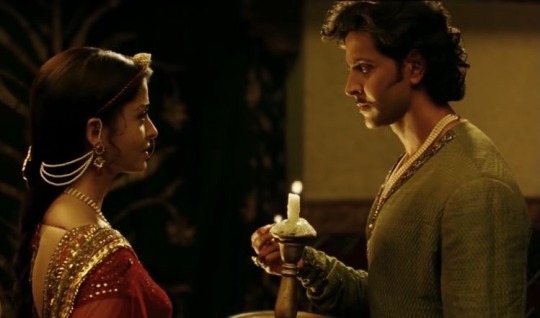

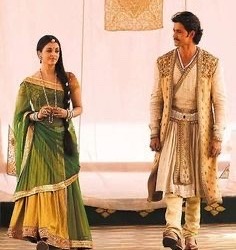


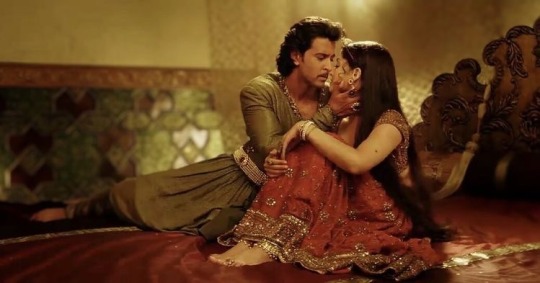
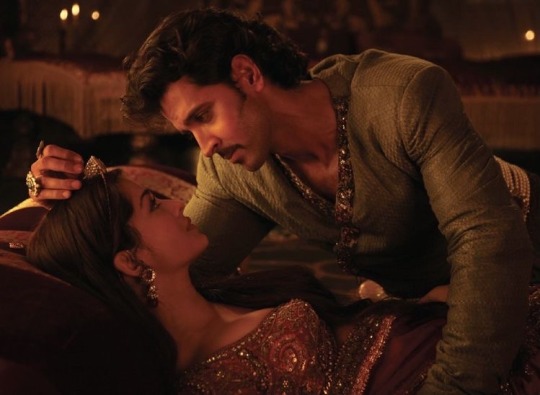

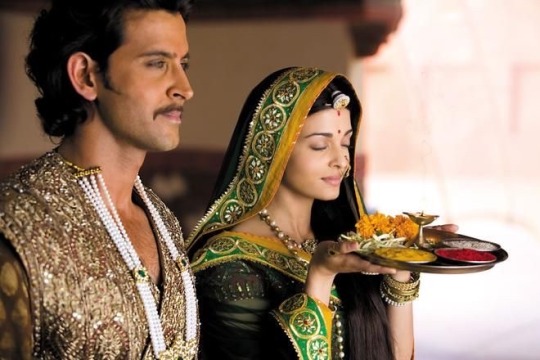
#jodha bai#jalaluddin mohammad akbar#rajput empress of hindustan#mughal emperor of hindustan#jodhaa akbar#favorite international historical drama couples
28 notes
·
View notes
Text

The day of the martyrdom of Guru Tegh Bahadur is also known as Shaheedi Diwas. Guru Tegh Bahadur had resisted forced conversions of non-Muslims to Islam during Aurangzeb's rule.
He was publicly killed in 1675 on the orders of Mughal emperor Aurangzeb in Delhi. #GuruTeghBahadur #guruteghbahadursahibji #guruteghbahadurshaheedidiwas #GuruTeghBahadurMartyrdomDay Build your brand with digital media & take benefit of social media branding contact with Absolute Digital Branding. By Absolutedigitalbranding.com
Marktingstrategy #SEObrandingagency #SEO #PPC #SMO #SMM #SeoCompany #digitalmarketingcompany #socialmediamarketingcompany #absolutedigitalbranding #searchengineoptimization #advertisingagencyinmohali #facebook #twitter #marketingonline #internetmarketing #follow #digitalagency #marketingagency #motivation #digitalmarketingtips #onlinebusiness #websitedesign #marketingonline #brand #ABSOLUTEDIGITALBRANDING #BEST #PUBLIC #RELATION #AGENCY #IN #CHANDIGARH #MOHALI #PUNJAB #NORTH #INDIA #onlinebranding #branding360degree #SEObrandingagency #websiteranking #websitetrafic #Digitalmarketing #OnlineAdvertising #instagrammarketing #web #technology #marketingonline #content #instagrammarketing #advertisingagency #web #buildingrelationships #globally #customer #internetbranding-at Absolute digital Branding & Public relations.
#The day of the martyrdom of Guru Tegh Bahadur is also known as Shaheedi Diwas. Guru Tegh Bahadur had resisted forced conversions of non-Musl#He was publicly killed in 1675 on the orders of Mughal emperor Aurangzeb in Delhi.#GuruTeghBahadur#guruteghbahadursahibji#guruteghbahadurshaheedidiwas#GuruTeghBahadurMartyrdomDay Build your brand with digital media & take benefit of social media branding contact with Absolute Digital Bra#Marktingstrategy#SEObrandingagency#SEO#PPC#SMO#SMM#SeoCompany#digitalmarketingcompany#socialmediamarketingcompany#absolutedigitalbranding#searchengineoptimization#advertisingagencyinmohali#facebook#twitter#marketingonline#internetmarketing#follow#digitalagency#marketingagency#motivation#digitalmarketingtips#onlinebusiness#websitedesign#brand
2 notes
·
View notes
Photo
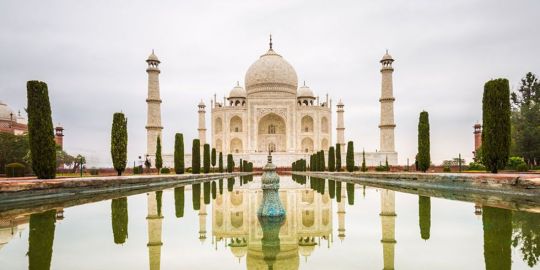
Taj Mahal — India
One of the seven wonders of the modern world, the Taj Mahal, complete with a domed central tomb and surrounding minarets, never fails to impress with its imposing yet sublime design.
Located on the southern bank of the Yamuna River in Agra, the mausoleum was built by Mughal emperor Shah Jahan to house his beloved late wife Mumtaz Mahal — a true monument to love!
Getty Images
#getty images#photographer#taj mahal#india#travel#yamuna river#agra#mughal emperor shah jahan#mumtaz mahal#mausoleum
2 notes
·
View notes
Text
Jodha Bai Palace - Fatehpur Sikri




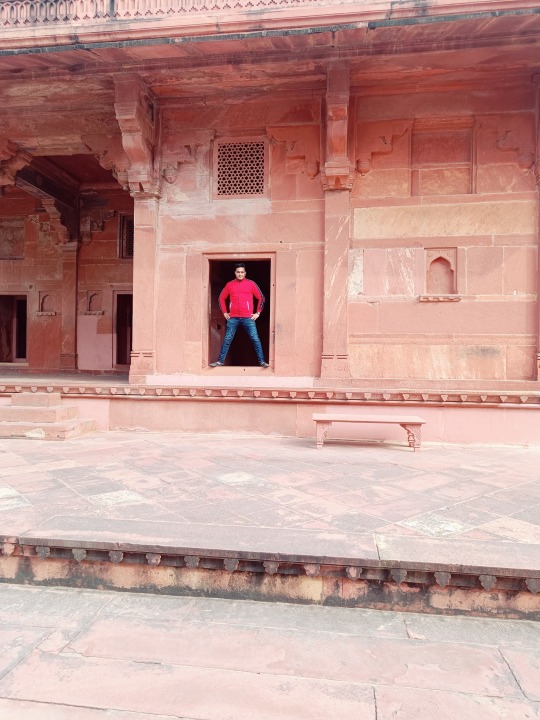


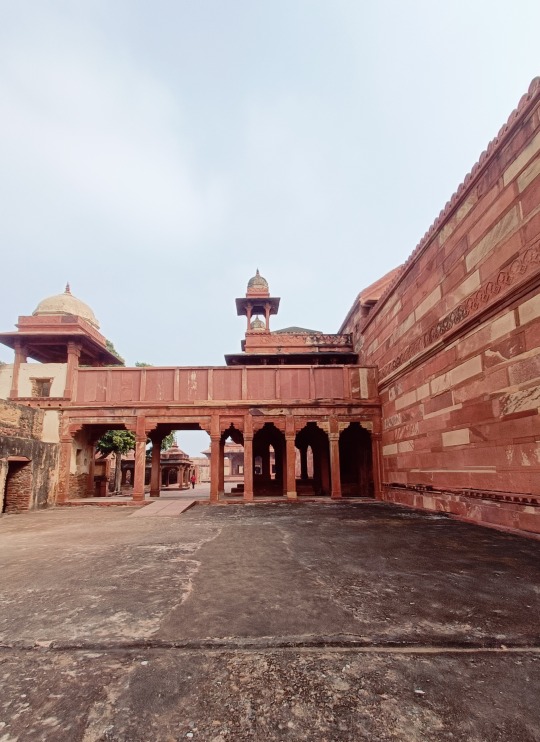


Jodha Bai Mahal' also known as 'Jodh Bai Mahal' is the largest palace in Fatehpur Sikri commissioned by Mughal Emperor Akbar in 1569 for his favourite queen consort, Mariam-uz-Zamani, commonly known as 'Jodha bai' . This Mahal is the largest complex of the zenana (palace for women belonging to the royal household ). It is a masterpiece of the fusion of Hindu and Persian architecture made with red sandstone...
.
.
.
..
..
#abhinavsr #specs #face #photooftheday #photography #hair #happy #smile #lenskart #likesforlike #blue #love #eyes #fashion #instagram #beautiful #song
#.#incredibleindia#travel#uttarpradesh#tourism#abhinavsr#photooftheday#photography#trending#red#love#fatehpursikri#akbar#jodhabai#king#queen#emperor#mughal#palace#handsome#Abhinavsr in red#Abhinav Srivastava#Abhinavsr style#Abhinavsr handsome
2 notes
·
View notes
Text
Bloody fights over thrones are common in history, so why is Aurangzeb’s succession judged so harshly? Was he truly a monster, or unfairly maligned?
15 notes
·
View notes
Text
MUGHAL PAINTINGS AND ART
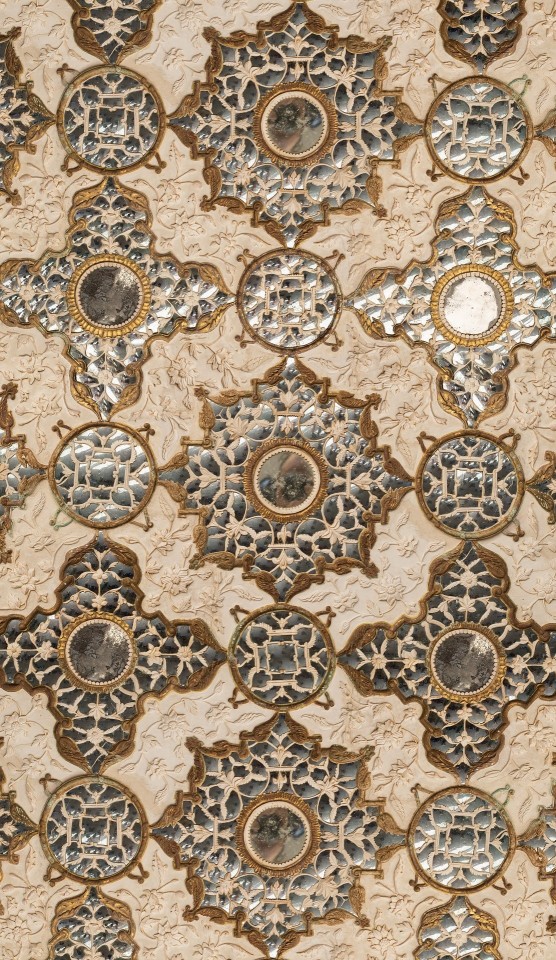
7 notes
·
View notes
Text
Bamiyan Buddhas of Afghanistan - Historic Mysteries
Bamiyan Buddhas of Afghanistan – Historic Mysteries
Author’s Note: We here in NO way, at this blog, endorse, approve, or have any positivity to the destruction of cultural, religious, or national treasures. It’s a sad day when things like this happen. (It still hurts my soul that the library of Alexandria is no longer around.)
https://www.historicmysteries.com/bamiyan-buddhas/
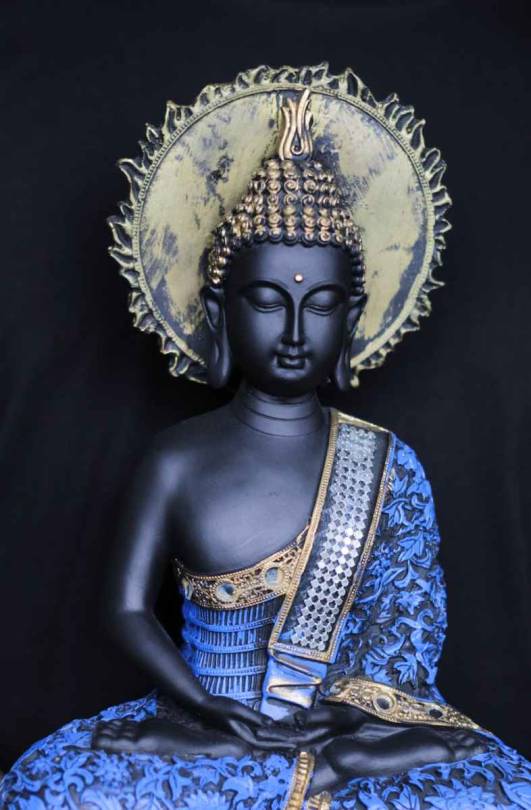
View On WordPress
#1221#Abdur-Rahmab#Afghanistan#Bamiyan Buddhas#Buddha Shakyyamuni#Buddha Vairochana#Buddhas#Buddhism#Emperor Aurangzeb#Genghis Khan#Hindi#Kush#Mughal Empire
2 notes
·
View notes
Text
Nurpur Fort: A Chronicle of Devotion, Dynasty, and Divine Beauty in Himachal Pradesh
The heartland of Himachal Pradesh unfolds tales of ancient fortresses, each echoing the whispers of history. Nestled amidst the spectacular landscapes, Nurpur Fort stands as a testament to bygone eras, a silent witness to the interweaving of love, power, and divine connection.
Legacy of Nurpur Fort:
Situated in the city of Nurpur, towards the northwest of Kangra, this fort derives its name from…

View On WordPress
#Chakki rivulet#Dhameri Fort#Jhabbar Khud#King Jhet Pal#Lord Krishna#mar dynasty of Delhi#Meera Bai&039;s#Mughal emperor Jahangir#North-West of Kangra#Nurjahan#Nurpur Fort#Pathania clan of Rajputs#Raja Basu
0 notes